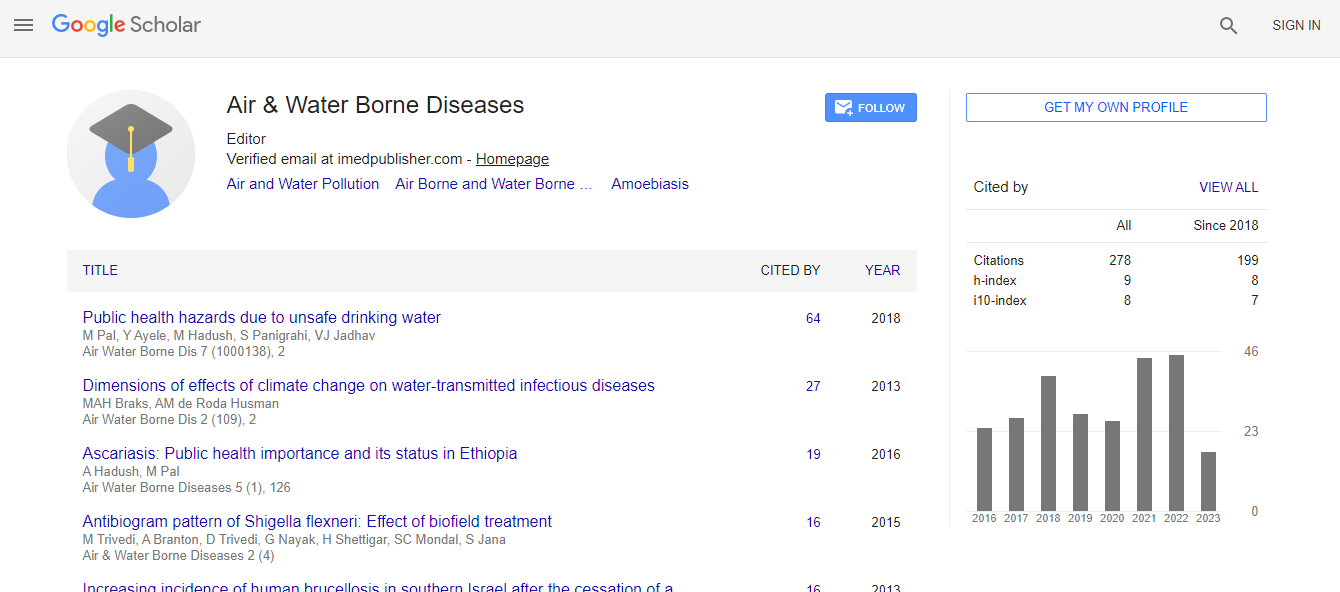Research Article
Absence of Anaplasmataceae DNA in Wild Birds and Bats from a Flooded Area in the Brazilian Northern Pantanal
Luana Gabriela Ferreira dos Santos1, Tatiana Ometto2, Jansen de Araújo2, Luciano Matsumya Thomazelli2, Leticia Pinto Borges1, Dirceu Guilherme Ramos3, Edison Luis Durigon2, Joao Batista Pinho4 and Daniel Moura de Aguiar1*1Laboratorio de Virologia e Rickettsioses, Hospital Veterinario, Universidade Federal de Mato Grosso, Brazil
2Laboratorio de Virologia Clinica e Molecular NB3+, Departamento de Microbiologia, Instituto de Ciencias Biomedicas II, Universidade de Sao Paulo, Brazil
3Laboratorio de Parasitologia e Doencas Parasitarias, Hospital Veterinario, Universidade Federal de Mato Grosso, Brazil
4Laboratório de Ecologia de Aves, Instituto de Biociências, Universidade Federal de Mato Grosso, Brazil
- *Corresponding Author:
- Daniel Moura de Aguiar
Laboratorio de Virologia e Rickettsioses, Hospital Veterinario
Universidade Federal de Mato Grosso. Av. Fernando Correa
2367, Boa Esperanca, Cuiaba, Brazil
Tel: +55 65 36158627
E-mail: danmoura@ufmt.br
Received Date: August 06, 2013; Accepted Date: September 02, 2013; Published Date: September 09, 2013
Citation: dos Santos LGF, Ometto T, de Araújo J, Thomazelli LM, Borges LP (2013) Absence of Anaplasmataceae DNA in Wild Birds and Bats from a Flooded Area in the Brazilian Northern Pantanal. Air Water Borne Diseases 2:113. doi:10.4172/2167-7719.1000113
Copyright: © 2013 dos Santos LGF, et al. This is an open-access article distributed under the terms of the Creative Commons Attribution License, which permits unrestricted use, distribution, and reproduction in any medium, provided the original author and source are credited.
Abstract
Birds and bats can be considered potential transmitters of some tick-borne diseases, since eventually they carry infected ticks in areas where transit. Pantanal ecosystem is the largest tropical wetland area of the world with more than 582 recorded avian species, contributing to the maintenance of different tick species. The aim of this study was to examine altogether 152 blood samples of several bird and bat species collected in a large flooded area of Pantanal for the presence of members from genera Ehrlichia, Anaplasma and Neorickettsia. None PCR product was obtained, what suggest that wild, domestic birds and bats from Pantanal region are unlikely to play a significant role in the maintenance of tick-borne agents and DNA survey from this species in birds may not be a reliable indicator of exposure.

 Spanish
Spanish  Chinese
Chinese  Russian
Russian  German
German  French
French  Japanese
Japanese  Portuguese
Portuguese  Hindi
Hindi 